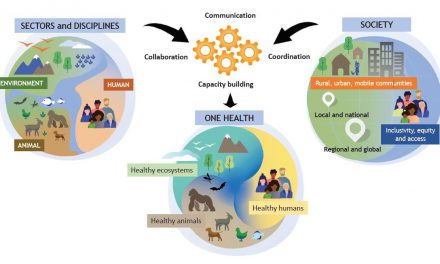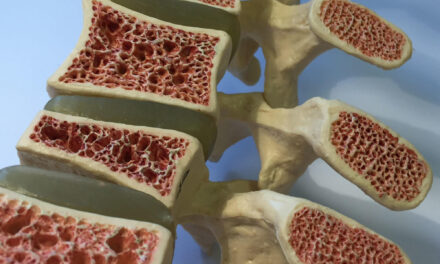A groundbreaking study published in the open-access journal PLOS Neglected Tropical Diseases has unveiled a novel approach to accurately tracking typhoid fever outbreaks by monitoring environmental samples for specific viruses called bacteriophages. Led by Senjuti Saha of the Child Health Research Foundation in Bangladesh, the research highlights the potential of this innovative method to provide precise, high-resolution data on the areas where typhoid fever cases are most prevalent.
Typhoid fever, a widespread infection in many low- and middle-income countries, poses a significant global health burden, causing an estimated 135,000 deaths and 14 million infections annually. To effectively combat this disease, policymakers require accurate estimates of where the burden is highest to plan and implement vaccination strategies efficiently.
Traditionally, identifying typhoid fever hotspots involved culturing the bacterium Salmonella Typhi from blood samples. However, in this groundbreaking study, researchers adopted a more cost-effective surveillance approach by testing environmental water samples from sewage and other locations for bacteriophages specific to Salmonella Typhi.
The study, conducted in two locations in Bangladesh — the bustling urban capital of Dhaka and the rural district of Mirzapur — yielded compelling results. Bacteriophages specific for Salmonella Typhi were detected in 31% of environmental samples from Dhaka, compared to a mere 3% in Mirzapur. These findings were consistent with the results of over 8,400 blood cultures, where 5% of cultures from Dhaka and only 0.05% from Mirzapur tested positive for typhoid fever.
The implications of these findings are profound. By detecting bacteriophages specific to Salmonella Typhi in environmental samples, researchers have demonstrated a rapid and cost-effective surveillance method that could revolutionize the way typhoid fever outbreaks are monitored. This approach has the potential to provide policymakers with invaluable insights to inform targeted interventions and control measures.
The authors of the study emphasize the significance of this innovative method, stating, “Looking for bacteriophages in wastewater is a low-cost method for identifying typhoid hotspots without doing expensive blood cultures on thousands of people.”
As the world continues to grapple with the challenge of typhoid fever, the adoption of such innovative surveillance techniques offers a glimmer of hope in the fight against this debilitating disease, paving the way for more effective control and prevention strategies.











